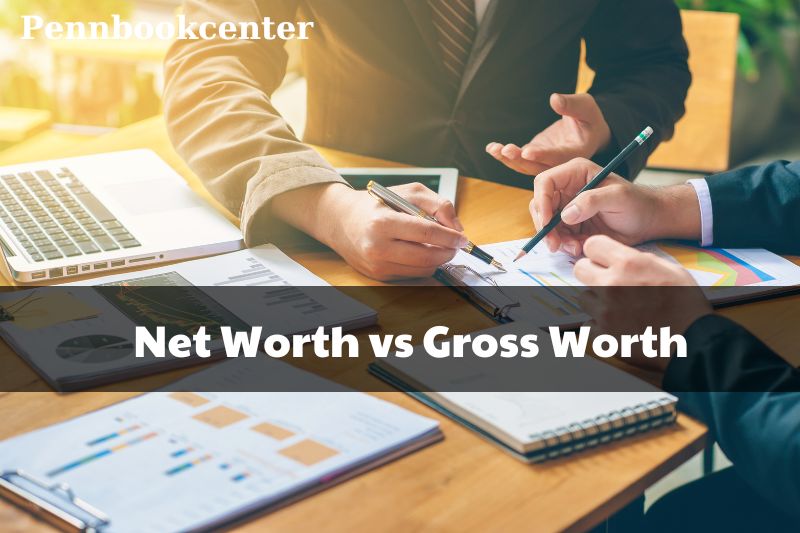Think you’re on track financially? Knowing the top 10 percent net worth helps you figure that out fast.
Whether you’re just starting out or well into your career, understanding where your net worth stands compared to others your age can shift how you plan, spend, and save.
It’s not just about big numbers—it’s about what those numbers mean for you. If you’re wondering how much wealth it really takes to stand out, how your age shapes your financial position, or what influences your ability to reach the top, this guide breaks it all down with facts that matter.
What It Takes to Be in the Top 10 Percent Today

Are you in the top 10 percent? To get there in the U.S., your net worth needs to hit $1.94 million or more. That’s the overall threshold. But the real number depends on how old you are.
Here’s how the bar changes with age:
| Age Group | Top 10% Net Worth |
|---|---|
| 18–29 | $281,550 |
| 30–39 | $711,400 |
| 40–49 | $1,313,700 |
| 50–59 | $2,629,060 |
| 60–69 | $2,808,600 |
| 70+ | $2,547,700 |
These numbers, from the Federal Reserve, show just how much wealth is needed to rise above your peers. While the average American household in the top 10% has a net worth of $6.9 million, the bottom 50% average only $51,000. That’s a massive difference—and it tells us that most of the wealth is concentrated in a small part of the population.
How Your Age Impacts the Ability to Reach the Top 10%
Your age plays a huge role in how close you are to joining the top 10%. It’s not just about income—it’s about when you started building wealth.
If you’re a Millennial, you may have already built $1.33 for every $1 Gen X had at the same point in life. Compared to Baby Boomers, it’s $1.32 for every $1 they had. That progress is encouraging, but you’re still likely dealing with rising home prices and the long-term weight of student debt.
Even if you’re on track, wealth expectations vary wildly by age group. So does the actual net worth required to stand out.
How Your Wealth Compares to Peers in Similar Age Brackets
It’s easy to compare yourself to friends or colleagues—but the numbers often tell a different story.
For instance:
- If you’re under 35, the average net worth is $183,380, but the median is just $39,040.
- Between 65 and 74, the average jumps to $1,780,720, while the median sits at $410,000.
That gap shows how a few extremely wealthy individuals pull the average way up. Your position may actually be stronger than you think, especially if you’re comparing yourself to averages instead of median net worth.
Key Factors That Influence Whether You’ll Reach the Top 10%

Plenty of variables affect whether you’ll make it to the top tier.
A few stand out:
- The age you start investing
- Your ability to avoid high-interest debt
- Your career path and income growth
- Housing affordability when you enter the market
Early investing, steady saving, and compound interest are powerful allies. Combine them with smart money management and you’ll dramatically improve your odds.
Why the Top 10 Percent Controls Most of the Wealth
The top 10% of households in America hold about 67% of the country’s total wealth. In contrast, the bottom half owns only 2.5%.
This inequality isn’t just a statistic—it’s something you experience. Whether it’s access to property, quality healthcare, or reliable education, wealth gives people options. And for many, that level of financial freedom still feels out of reach.
But understanding the gap helps you prepare your own plan to rise above it.
What Your Generation Thinks It Means to Be Wealthy
Wealth isn’t just measured by numbers. It’s also about how you feel. What one generation considers rich, another might see as just getting by.
Here’s what different age groups believe you need to be considered wealthy:
- Gen Z: $1.2 million
- Millennials: $2.2 million
- Gen X: $2.7 million
- Baby Boomers: $2.8 million
The average across generations? $2.5 million. You might agree—or feel like your definition is more personal.
Check out the top 5 percent too!
Challenges That Make It Harder for You to Build Wealth
Let’s face it—some challenges are out of your control.
If you’re a younger adult, you’re probably juggling:
- Student loans
- Soaring housing prices
- Delayed life events like marriage or homeownership
All of these slow down wealth accumulation. That’s why planning, education, and smart financial decisions matter more than ever.
To make progress, you’ll need to act earlier and stay consistent longer.
How You Can Move Closer to the Top 10%
While it may seem like a distant goal, reaching the top 10% is still possible for you. Here’s how:
- Build an emergency fund
- Stay out of high-interest debt
- Invest early—even in small amounts
- Increase income through skills or side income
- Understand where your money goes
You don’t have to do it alone. Speaking with a financial advisor can give you clear steps based on your age, income, and goals.
Does Reaching the Top 10 Percent Even Matter for You?
This is a personal question. You might not need millions to live comfortably.
Maybe your version of financial success is being debt-free, owning a home, or helping family. Wealth is personal. The top 10% is just one way to measure it.
So, how do you calculate you net worth? We have a net worth calculator ready for you!
Conclusion
Where you stand matters—but what you do next matters more. Share your thoughts below, pass this on, and explore more insights at Pennbookcenter.com.




